Something A Little More Frivolous
Something a little more frivolous
I have been all of these at one point or another.
Science Aesthetics
I was feeling inspired last night, so I decided to make this purely for fun.
To the moon and back: Cold, dark nights clutching thermos flasks of hot coffee. Machinery whirring as telescopes trace a star across the sky. Intricate, geometric drawings of the celestial sphere. A messy bun and a NASA t-shirt. Filling in the logbook while punk rock blares in the background to keep you energised and awake. Pictures of nebulae and galaxies everywhere, because pretty space pictures is half the fun. Annoyed huffs every time someone mentions their star sign.
Natural Philosopher: Long, intellectual debates in coffee shops about mathematics, physics, philosophy. Chalkboards covered with equations and calculations in a precise, curving handwriting. That Eureka moment while deep in thought, expressed only with a small smile and a scribbled proof on the back of a serviette. Chaotic desks in front of bookshelves groaning with old textbooks. Antique lab equipment as functional decor.
“Trust Me, I’m a Scientist”: Large computer screens running freshly-typed code. Neat lab books and PDFs of journal articles. The smell of whiteboard markers. Polished new equipment in a tangle of cables, hooked up to a digital oscilloscope. Exact amounts of chemicals in rows in metal shelves. Resting your feet up on the bench after a long day in the lab. The satisfying hum of your colleagues as they work on their experiments around you.
Science Expedition: Dirt under your nails and a loosely-bound collection of field notes. Plant clippings carefully taken to be analysed back in the lab. Soft fur on tough, wild animals. The bitter smoke from eco-friendly firewood while you roast marshmallows and listen to a supervisor’s witty stories. Free-handing diagrams while looking through a microscope. Sketching flowers and that gorgeous ocean view from your last field trip. Reading Darwin on the bus home but falling asleep on your lab partner’s shoulder out of sheer exhaustion after the first three pages.
Life is a Science: Scrolling past an anti-vax facebook post and resisting the urge to burn down the internet. Shiny dissection kits and the sharp smell of formaldehyde. Making time to work out and pack a healthy lunch because your mind is sharpest when your body is well. Debunking the latest superfood fad with peer-reviewed journal articles. Making friends with some of the nicer med school kids in anatomy class. Colour-coded, neatly labelled diagrams and a thousand different terms memorised. Getting a double-helix DNA sculpture for your desk.
What they show on TV isn’t real hacking: Rubbing your eyes after staring at a screen for five hours straight. Having a blank keyboard because all the letters are rubbed off already. Energy drinks in strange colours at strange hours. Being fluent in four different coding languages. Circuit boards and printouts. Ones and zeroes. Running jokes about turning everything off and on again. Rage-quitting when you realise you forgot a comma or a colon somewhere. Black screens with brightly coloured lines. The comforting click-click of fingertips tapping keys. Applying to intern at Google every three months because maybe they’ll take you this time. Writing a piece of code to do something simple just because.
More Posts from Stubborn-turtle-blog and Others
Evolutionary programming is a blast to watch
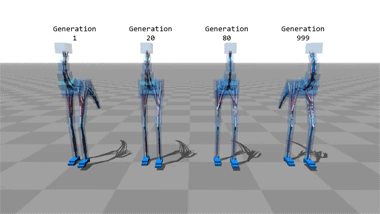
These computer programs taught themselves how to walk.
Generation 80 don’t give a shit.

#Yes


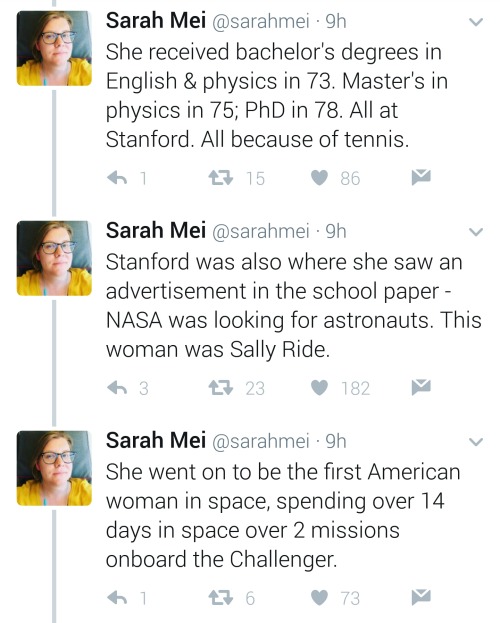
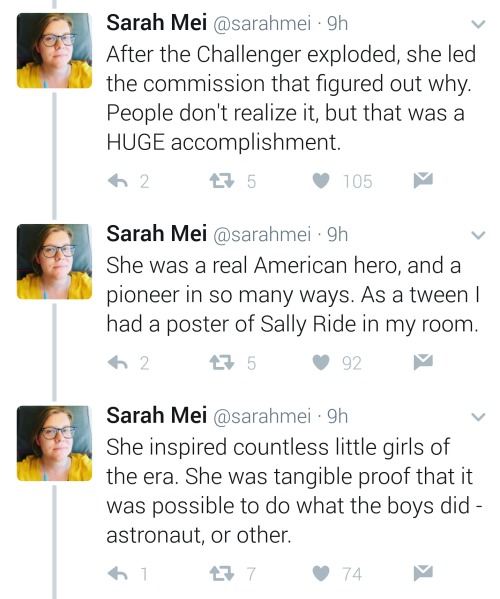
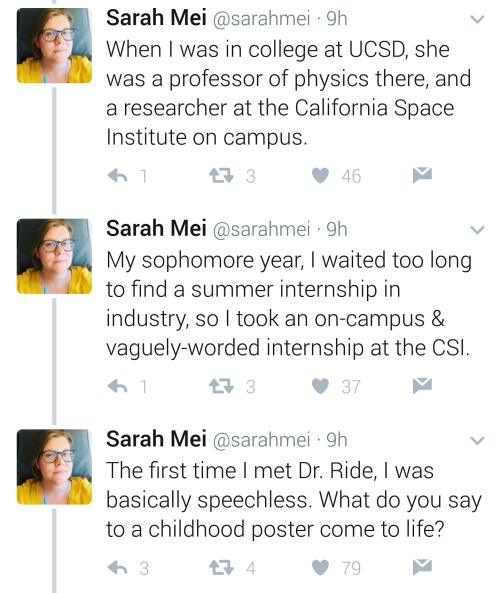
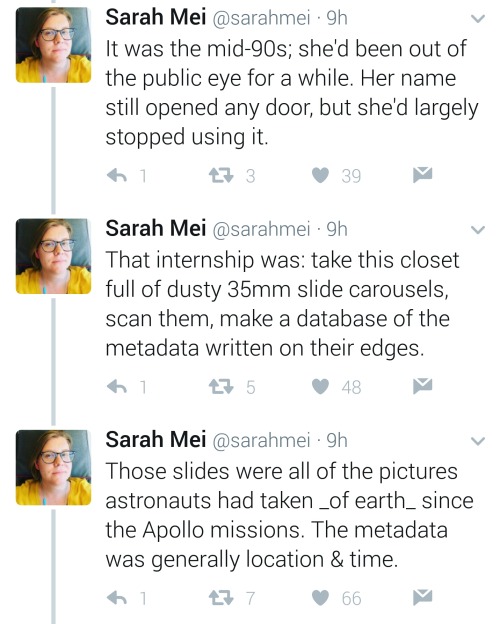
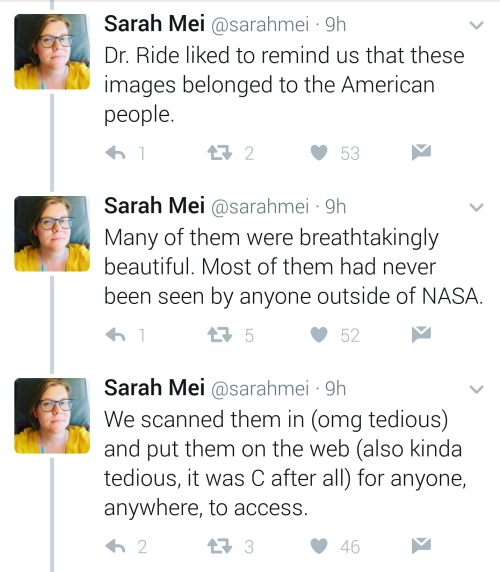
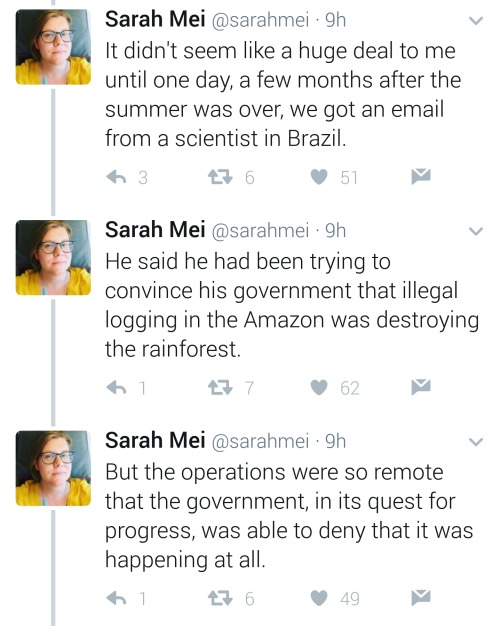
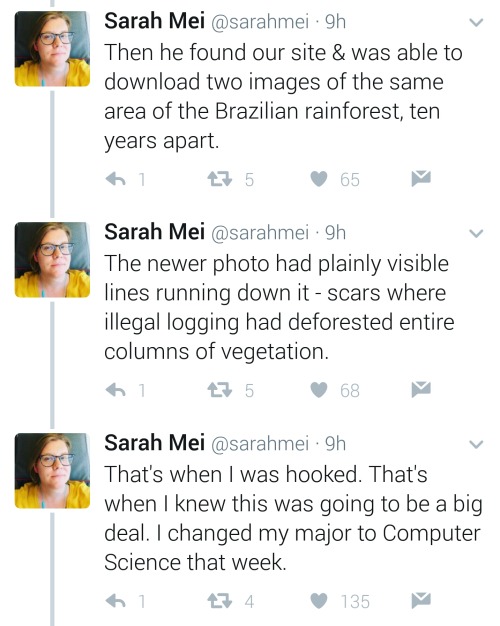
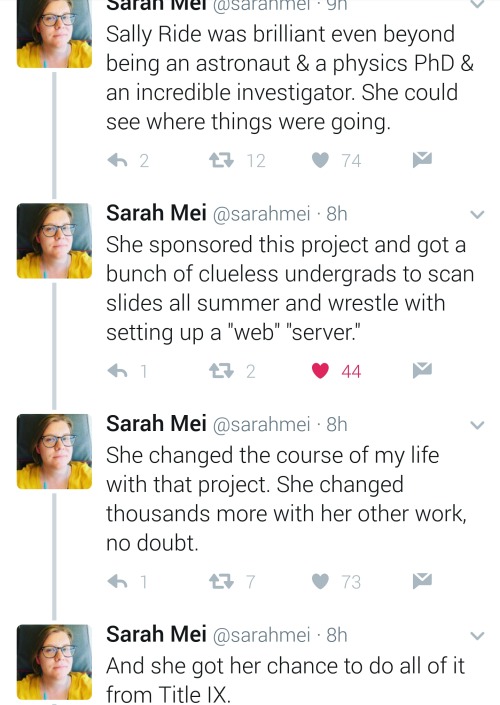
Equal opportunity benefits can be far-reaching
https://twitter.com/sarahmei/status/818682610712866817

Science marches on, and our understanding of dinosaurs is constantly being updated.
And, sometimes, it’s funny how certain changes seem to be accepted by the general public easier than others.
This would have been so empowering for my ALS-stricken grandfather

Obi was built by Jon and Tom Dekar, the father-son duo that founded Obi parent company DESῙN in 2010. They spent the next six years refining Obi’s design, securing investors, sourcing suppliers, and testing prototypes. The first Obi prototype was designed in 2006 by Jon, a University of Dayton engineering student, who saw the challenges faced by people with disabilities as varied as his aging grandfather and a 6-year-old girl with Arthrogryposis.
“Every day, millions of people must be fed by caregivers, and they find the experience to be conspicuous and frustrating,” Jon said. “Feeding oneself is a basic human need, and there was no good solution available. I became inspired to change that.”
Watch subsequent decades have a mass exodus from the tropics towards the poles

Population density, 3000 BC to 2000 AD










2016 wasn’t all bad as Canadian Astronaut Chris Hadfield explains. Humanity did some good this year.

A shooting star over Mount Rainier By Tanner Wendell Stewart
js
The only one who needs ivory is an elephant

Now, with current rates of poaching, they will be wiped out from some of their range states.They could even go locally extinct.
Let History Never Forget the Name Enterprise
Just as the captains of the fictional 24th century Starfleet blazed a trail among the stars, the space shuttle Enterprise helped pave the way for future space exploration.
Fifty years ago, Star Trek debuted with the USS Enterprise as the main space-faring vessel used in much of the Star Trek universe. As such, the vessel holds a treasured place in the hearts of Star Trek fans and is as much of a character in the show as Kirk and Spock. Over three different series and a total of 14 seasons on TV and 13 feature films, the iterations of Enterprise have captured the imaginations and provided inspiration for its fans across the globe.
This brief history of the shuttle tells the tale of humanity’s first reusable spacecraft. Space shuttles were first built in the late 1970s and were flown in space from 1981 to 2011. Their missions ranged from helping to build the International Space Station to repairing the Hubble Space Telescope.
It’s All In The Name

The first shuttle was originally to be named Constitution, celebrating the country’s bicentennial and was to be unveiled to the public on Constitution Day, Sept. 17, 1976. However, a massive letter-writing campaign by Star Trek fans prompted President Gerald Ford to suggest the change. In the above photo, we see the shuttle Enterprise rolled out in Palmdale, California, with cast members of Star Trek on Sept. 17, 1976.
To Boldly Go …

This circular red, white and blue emblem was the official insignia for the Space Shuttle Approach and Landing Test flights and became a model for future space shuttle mission patch designs, including placing the names of the crew on the patch . The four astronauts listed on the patch are:
Fred Haise., commander of the first crew
Charles Fullerton, pilot of the first crew
Joe Engle, commander of the second crew
Dick Truly, pilot of the second crew
First Impressions

In this image, Enterprise makes its first appearance mated to its boosters as it is slowly rolled to the huge Vehicle Assembly Building (VAB) at Kennedy Space Center. Although she never flew in space, shuttle Enterprise underwent a series of fit and function checks on the pad in preparation for the first launch of its sister craft, Columbia.
Not Meant To Be

Enterprise sits on Launch Complex 39 at Kennedy Space Center undergoing tests after completing its 3.5 mile journey from the VAB. Have you ever wondered why Enterprise never went into space? Converting Enterprise from a training vehicle to space-worthy one was too cost prohibitive, our engineers felt.
Engage

Commander Fred Haise and pilot Charles Fullerton are seen in the cockpit of Enterprise prior to the fifth and final Approach and Landing Test at Dryden Flight Research Center (Armstrong Flight Research Center). The tests were performed to learn about the landing characteristics of the shuttle.


It’s Been An Honor To Serve With You

The Enterprise’s two crews pose for a photo op at the Rockwell International Space Division’s Orbiter assembly facility at Palmdale, California. They are (left to right) Charles Fullerton, Fred Haise, Joe Engle and Dick Truly.
Fair Winds And Following Seas

On July 6, 2012, the Enterprise, atop a barge, passes the Statue of Liberty on its way to the Intrepid Sea, Air and Space Museum, where is now permanently on display.
Learn more about Star Trek and NASA.
Make sure to follow us on Tumblr for your regular dose of space: http://nasa.tumblr.com
-
 towerandchariotlady reblogged this · 1 year ago
towerandchariotlady reblogged this · 1 year ago -
 shante-maeb reblogged this · 1 year ago
shante-maeb reblogged this · 1 year ago -
 s4txn reblogged this · 3 years ago
s4txn reblogged this · 3 years ago -
 bugfactzzz liked this · 4 years ago
bugfactzzz liked this · 4 years ago -
 silk-dreams liked this · 4 years ago
silk-dreams liked this · 4 years ago -
 orivu liked this · 4 years ago
orivu liked this · 4 years ago -
 nuttyhologrammilkshake liked this · 4 years ago
nuttyhologrammilkshake liked this · 4 years ago -
 mfmocha liked this · 5 years ago
mfmocha liked this · 5 years ago -
 callisto77238 liked this · 5 years ago
callisto77238 liked this · 5 years ago -
 amegirl liked this · 5 years ago
amegirl liked this · 5 years ago -
 cedar-bee reblogged this · 5 years ago
cedar-bee reblogged this · 5 years ago -
 littlemissdarkandtwisty liked this · 5 years ago
littlemissdarkandtwisty liked this · 5 years ago -
 sptnk-swthrt reblogged this · 5 years ago
sptnk-swthrt reblogged this · 5 years ago -
 raindropout reblogged this · 5 years ago
raindropout reblogged this · 5 years ago -
 raindropout liked this · 5 years ago
raindropout liked this · 5 years ago -
 sendmetonarnia reblogged this · 5 years ago
sendmetonarnia reblogged this · 5 years ago -
 sendmetonarnia liked this · 5 years ago
sendmetonarnia liked this · 5 years ago -
 curios-soul liked this · 5 years ago
curios-soul liked this · 5 years ago -
 food-and-bakugou reblogged this · 5 years ago
food-and-bakugou reblogged this · 5 years ago -
 food-and-bakugou liked this · 5 years ago
food-and-bakugou liked this · 5 years ago -
 cerealsareaesthetic liked this · 5 years ago
cerealsareaesthetic liked this · 5 years ago -
 drabacus liked this · 5 years ago
drabacus liked this · 5 years ago -
 carbonationgeneration liked this · 5 years ago
carbonationgeneration liked this · 5 years ago -
 inknstars reblogged this · 5 years ago
inknstars reblogged this · 5 years ago -
 inknstars liked this · 5 years ago
inknstars liked this · 5 years ago -
 tiredherb liked this · 5 years ago
tiredherb liked this · 5 years ago -
 tiredherb reblogged this · 5 years ago
tiredherb reblogged this · 5 years ago -
 velvet-midnight reblogged this · 5 years ago
velvet-midnight reblogged this · 5 years ago -
 kan1d liked this · 5 years ago
kan1d liked this · 5 years ago -
 wittypirate liked this · 5 years ago
wittypirate liked this · 5 years ago -
 celesolaris reblogged this · 5 years ago
celesolaris reblogged this · 5 years ago -
 celesolaris liked this · 5 years ago
celesolaris liked this · 5 years ago -
 izzy-wizzy liked this · 5 years ago
izzy-wizzy liked this · 5 years ago -
 fr33ksncr33ps liked this · 5 years ago
fr33ksncr33ps liked this · 5 years ago -
 spectreal liked this · 5 years ago
spectreal liked this · 5 years ago
Gaming, Science, History, Feminism, and all other manners of geekery. Also a lot of dance
243 posts